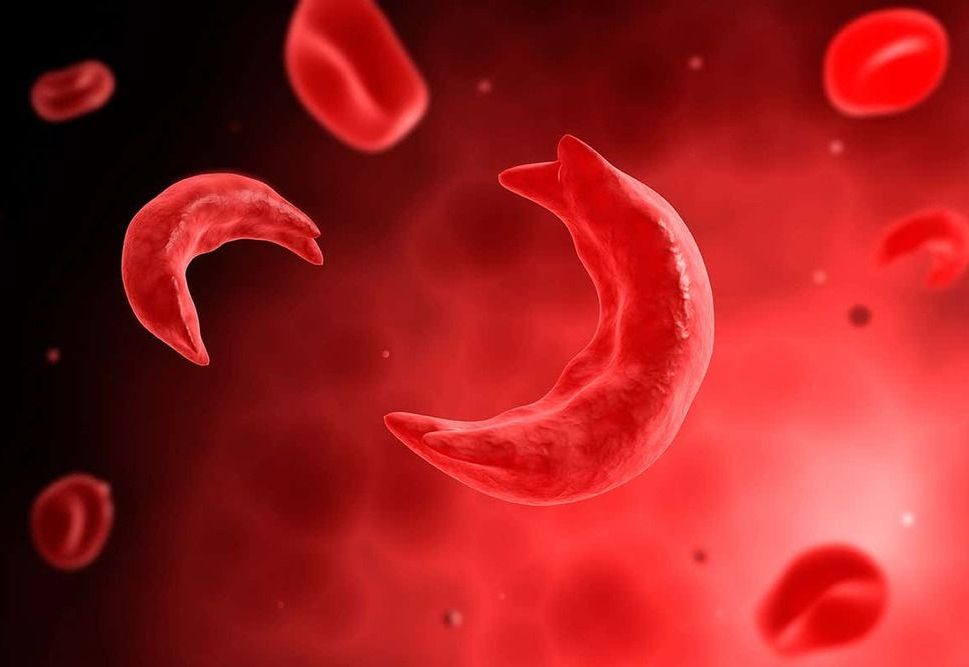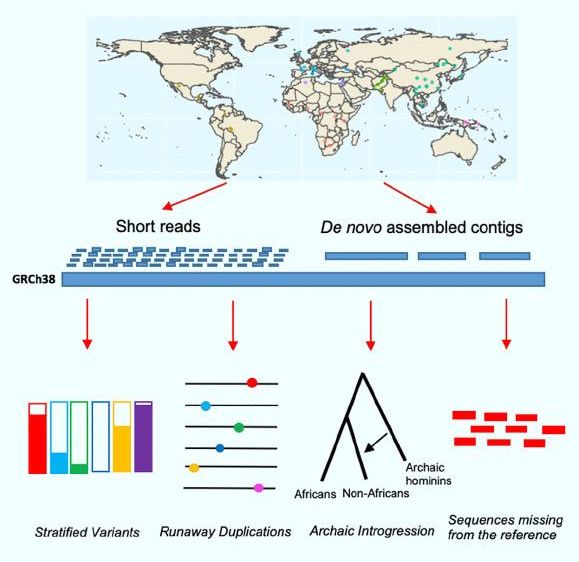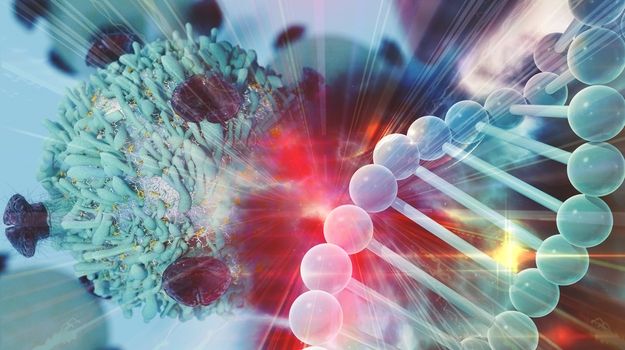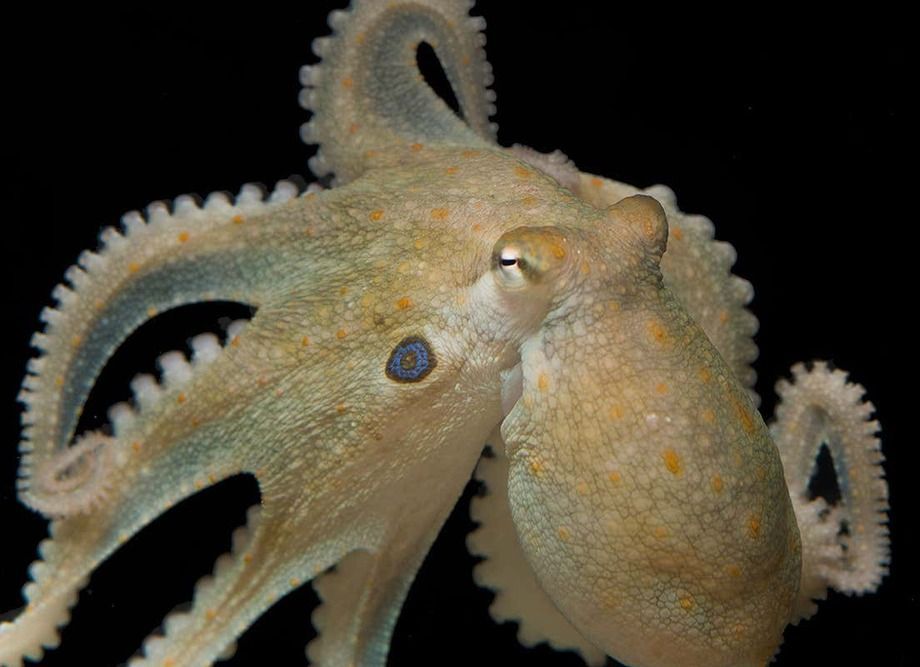A new study is the first to quantify the proportion of differences in sensitivity that can be explained by genetic factors.



Two people with beta thalassaemia and one with sickle cell disease no longer require blood transfusions, which are normally used to treat severe forms of these inherited diseases, after their bone marrow stem cells were gene-edited with CRISPR.
Result of the ongoing trial, which is the first to use CRISPR to treat inherited genetic disorders, were announced today at a virtual meeting of the European Hematology Association.

“We have a researcher who was removed by the RCMP from the highest security laboratory that Canada has for reasons that government is unwilling to disclose. The intelligence remains secret. But what we know is that before she was removed, she sent one of the deadliest viruses on Earth, and multiple varieties of it to maximize the genetic diversity and maximize what experimenters in China could do with it, to a laboratory in China that does dangerous gain of function experiments. And that has links to the Chinese military.”
Gain of function experiments are when a natural pathogen is taken into the lab, made to mutate, and then assessed to see if it has become more deadly or infectious.
Most countries, including Canada, don’t do these kinds of experiments — because they’re considered too dangerous, Attaran said.
Newly-released access to information documents reveal details about a shipment of deadly pathogens last year from Canada’s National Microbiology Lab to China — confirming for the first time who sent them, what exactly was shipped, and where it went.
The virus shipments are not related to the outbreak of COVID-19 or research into the pandemic, Canadian officials said.
CBC News had already reported about the shipment of Ebola and Henipah viruses but there’s now confirmation one of the scientists escorted from the lab in Winnipeg amid an RCMP investigation last July was responsible for exporting the pathogens to the Wuhan Institute of Virology four months earlier.

A team of scientists from the Wellcome Sanger Institute, the Francis Crick Institute, and EMBL-EBI has created a comprehensive structural variation atlas for a geographically diverse set of human genomes and recovered sequences missing from the human reference sequence. Among the 126,018 structural variations discovered by the team were medically-important genes in Oceanian populations that were inherited from Denisovans, a sister group to Neanderthals.
Good talk, not just about NAD. Q&A just before 35 minutes. A lot of epigenetics here.
David A. Sinclair, Ph.D., A.O. is a Professor in the Department of Genetics and co-Director of the Paul F. Glenn Center for the Biology of Aging at Harvard Medical School. He is best known for his work on understanding why we age and how to slow its effects. He obtained his Ph.D. in Molecular Genetics at the University of New South Wales, Sydney in 1995. He worked as a postdoctoral researcher at M.I.T. with Dr. Leonard Guarente where he co discovered a cause of aging for yeast as well as the role of Sir2 in epigenetic changes driven by genome instability. In 1999 he was recruited to Harvard Medical School where he has been teaching aging biology and translational medicine for aging for the past 16 years. His research has been primarily focused on the sirtuins, protein-modifying enzymes that respond to changing NAD+ levels and to caloric restriction (CR) with associated interests in chromatin, energy metabolism, mitochondria, learning and memory, neurodegeneration, and cancer. The Sinclair lab was the first one to identify a role for NAD+ biosynthesis in regulation of lifespan and first showed that sirtuins are involved in CR in mammals. They first identified small molecules that activate SIRT1 such as resveratrol and studied how they improve metabolic function using a combination of genetic, enzymological, biophysical and pharmacological approaches. They recently showed that natural and synthetic activators require SIRT1 to mediate the in vivo effects in muscle and identified a structured activation domain. They demonstrated that miscommunication between the mitochondrial and nuclear genomes is a cause of age-related physiological decline and that relocalization of chromatin factors in response to DNA breaks may be a cause of aging.
Genetic engineering and other advanced technologies may need to come into play if people want to live in Mars.
Last month’s NASA and SpaceX successful launch of astronauts from US soil for the first time in almost a decade, has reignited discussion about space travel to Mars and beyond. SpaceX is fronted by the billionaire Elon Musk.
Sky News reports:
Having completed its first human launch, SpaceX’s founder and chief executive Elon Musk says the company is now focusing on developing its next-generation spacecraft Starship …

True genetic isolation is hard to pull off. Human populations tend to mix when they are in close proximity.
Consider the Hui people. These are Muslims who live across China and speak the local Chinese dialect of their locale. The Hui claim descent from Central Asians and Persians who arrived in China around 1,000 years ago. But the vast majority of their genomes are no different from the Han Chinese. Physically they are impossible to distinguish from Han Chinese unless you take note of their attire.
How can that be when they are so culturally different? For example, as Muslims the Hui do not eat pork and consider it unclean. In contrast, for the majority Han pork is dietary staple.

One day, cell and gene therapies will be as common as small molecules and antibody-based therapies are today, according to panelists at BIO’s June 8 virtual session, “The Next Generation of Medicine: Cell Therapies, Gene Therapies and Beyond.”
Because cell and gene therapies have the potential to address complex biological issues such as dysregulation, translocation and mutations, they can use that power to change what the body is doing.
“So, while small molecules and antibody therapies will still be around 30 years from now, they will be less important. Cell and gene therapies will dominate,” James Sabry, global head of pharma partnering at Roche, said.

Circa 2017
Unlike other animals, cephalopods – the family that includes octopuses, squid and cuttlefish – do not obey the commands of their DNA to the letter.
Instead, they sometimes interfere with the code as it is being carried by a molecular “messenger”. This has the effect of diversifying the proteins their cells can produce, leading to some interesting variations.
The system may have produced a special kind of evolution based on RNA editing rather than DNA mutations and could be responsible for the complex behaviour and high intelligence seen in cephalopods, some scientists believe.